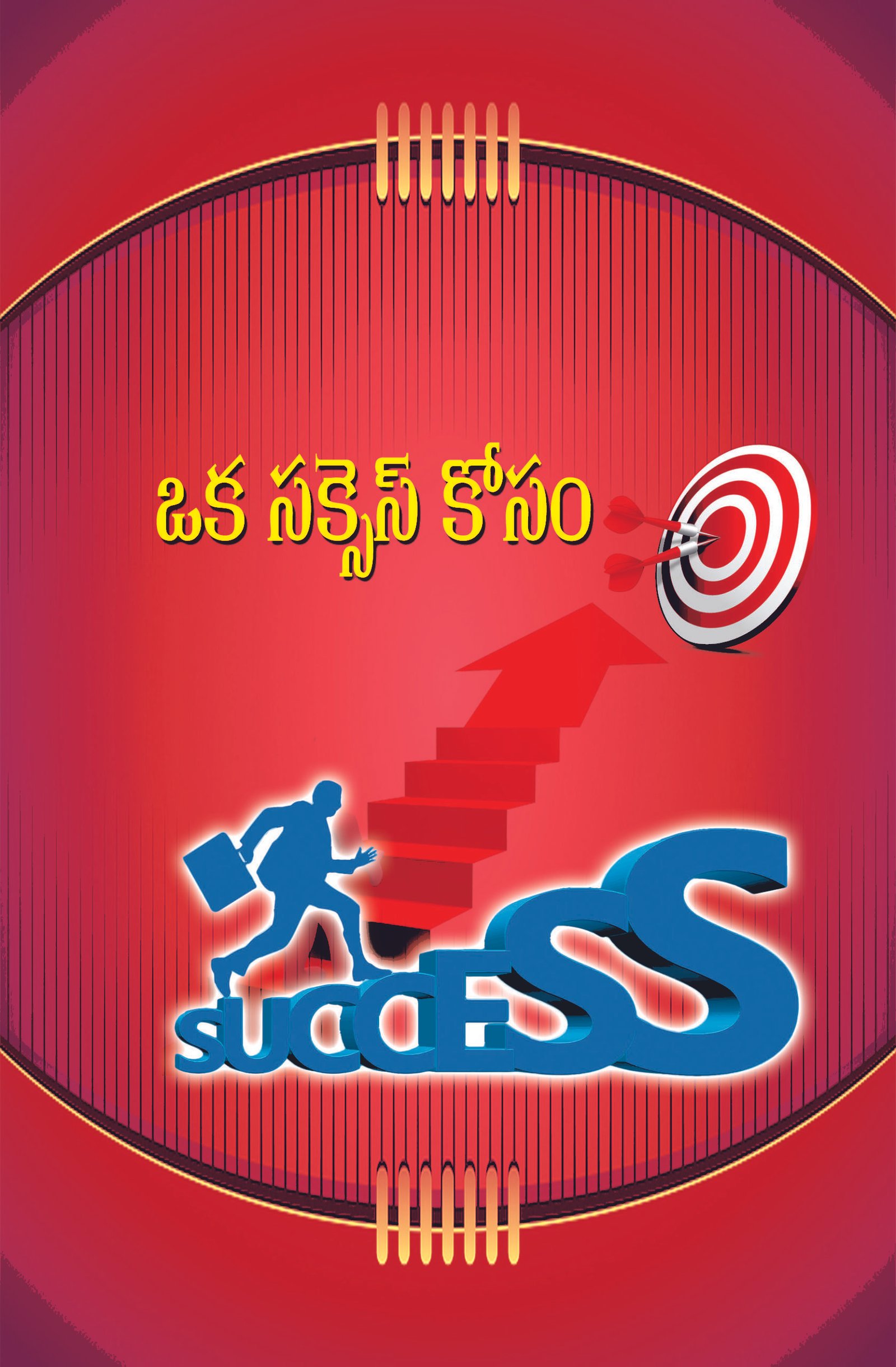

Prakrit Inscriptions with some Telugu words dating back to between 400 BCE and 100 BCE have been discovered in Bhattiprolu in the Guntur district of Andhra Pradesh. Andronov, Telugu split from the Proto-Dravidian language between 10 BCE. According to the Russian linguist Mikhail S. Linguistic reconstruction suggests that Proto-Dravidian was spoken around the third millennium BCE. "Of King Tiru Pulumavi, son of Vasishthi" Īccording to linguist Bhadriraju Krishnamurti, Telugu, as a Dravidian language, descends from Proto-Dravidian, a proto-language. Or: Aracanaku Vācitti Makaṇaku Tiru Pulumāviku Legend in Dravidian (closer to Tamil than Telugu), and the Dravidian script, similar to the Brahmi script (starting at 12 o'clock): "Of King Lord Pulumavi, son of Vasishthi" Legend in Prakrit in the Brahmi script (starting at 12 o'clock): History īilingual coinage of Satavahana Emperor Sri Vasishthiputra Pulumavi in Prakrit and Dravidian, and transcription of the obverse Prakrit legend. The name Telugu, then, is a result of an "n" to "l" alternation established in Telugu.

Īnother view holds that tenugu is derived from the proto-Dravidian word ten ("south") to mean "the people who lived in the south/southern direction" (relative to Sanskrit and Prakrit-speaking peoples). If so the derivation itself must have been quite ancient because Triglyphum, Trilingum and Modogalingam are attested in ancient Greek sources, the last of which can be interpreted as a Telugu rendition of " Trilinga". George Abraham Grierson and other linguists doubt this derivation, holding rather that Telugu was the older term and Trilinga must be the later Sanskritisation of it. Brown made a comment that it was a "strange notion" since the predecessors of Appa Kavi had no knowledge of such a derivation.

Appa Kavi in the 17th century explicitly wrote that Telugu was derived from Trilinga. Ītharvana Acharya in the 13th century wrote a grammar of Telugu, calling it the Trilinga Śabdānusāsana (or Trilinga Grammar). Older forms of the name include Teluṅgu, Tenuṅgu and Teliṅga. Speakers of Telugu refer to it as simply Telugu or Telugoo. 12.4 Nannaya Bhattarakudu or Adi Kavi (1022–1063 CE)Ĭlass=notpageimage| Locations of Trilinga Kshetras.12.1 The Pre-Nannayya Period (before 1020 CE).2.5 Delhi Sultanate and Mughal influence.Roughly 10,000 pre-colonial inscriptions exist in the Telugu language. It is also the fastest-growing language in the United States, where there is a large Telugu-speaking community. It is the most widely spoken member of the Dravidian language family and one of the twenty-two scheduled languages of the Republic of India. With nearly 82 million speakers as per the 2011 census, Telugu is the fourth most used language in India and 15th in the Ethnologue list of languages by number of native speakers. It is one of six languages designated a classical language of India by the country's government. Telugu is also a linguistic minority in the states of Odisha, Karnataka, Tamil Nadu, Kerala, Punjab, Chhattisgarh, Maharashtra and Andaman and Nicobar Islands. It is one of the only languages that has official status in more than one Indian state, alongside Hindi and Bengali. Telugu ( / ˈ t ɛ l ʊ ɡ uː/ తెలుగు, Telugu pronunciation: ) is a Dravidian language spoken by Telugu people predominantly living in the Indian states of Andhra Pradesh and Telangana, where it is also the official language.


 0 kommentar(er)
0 kommentar(er)
